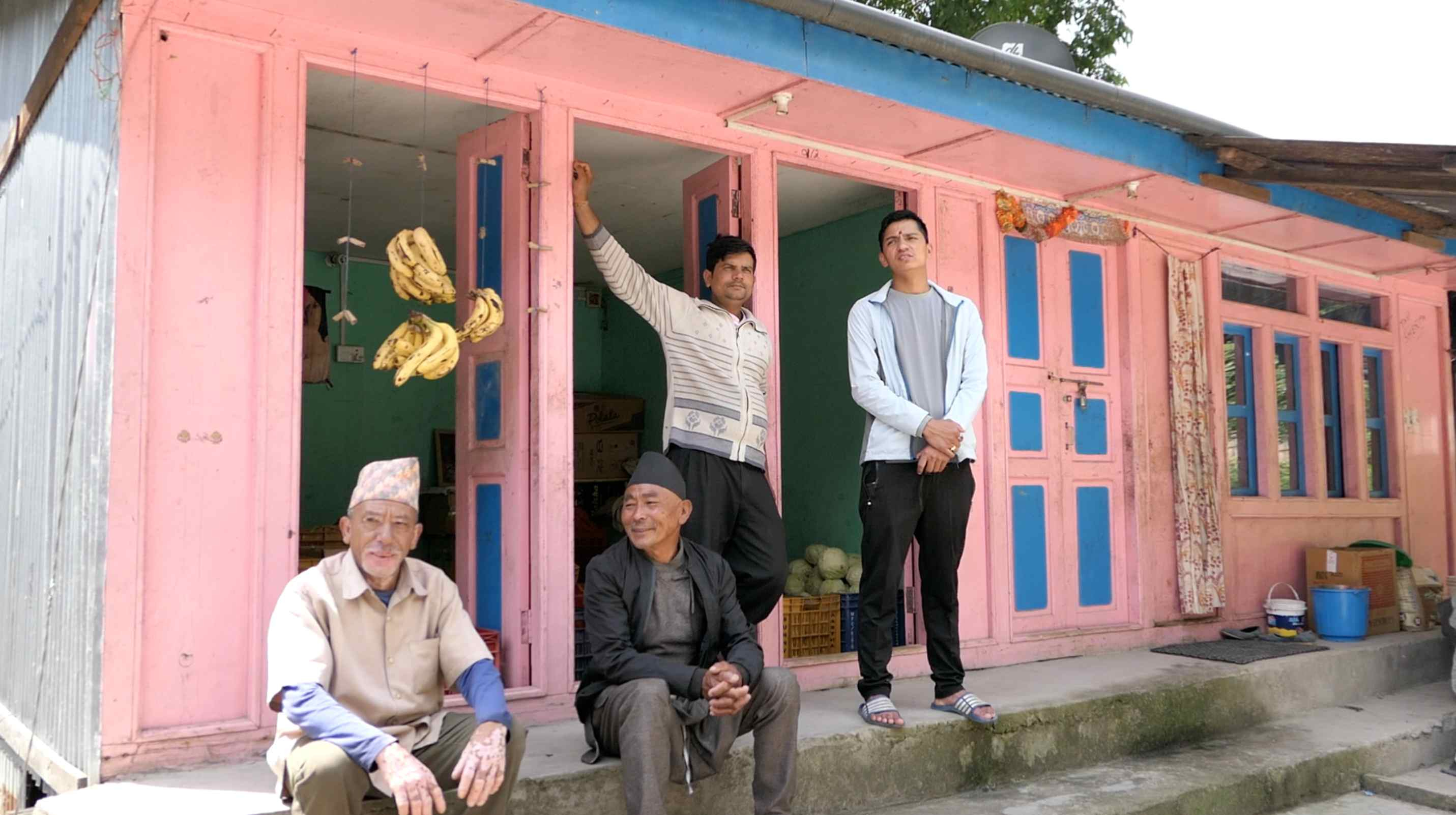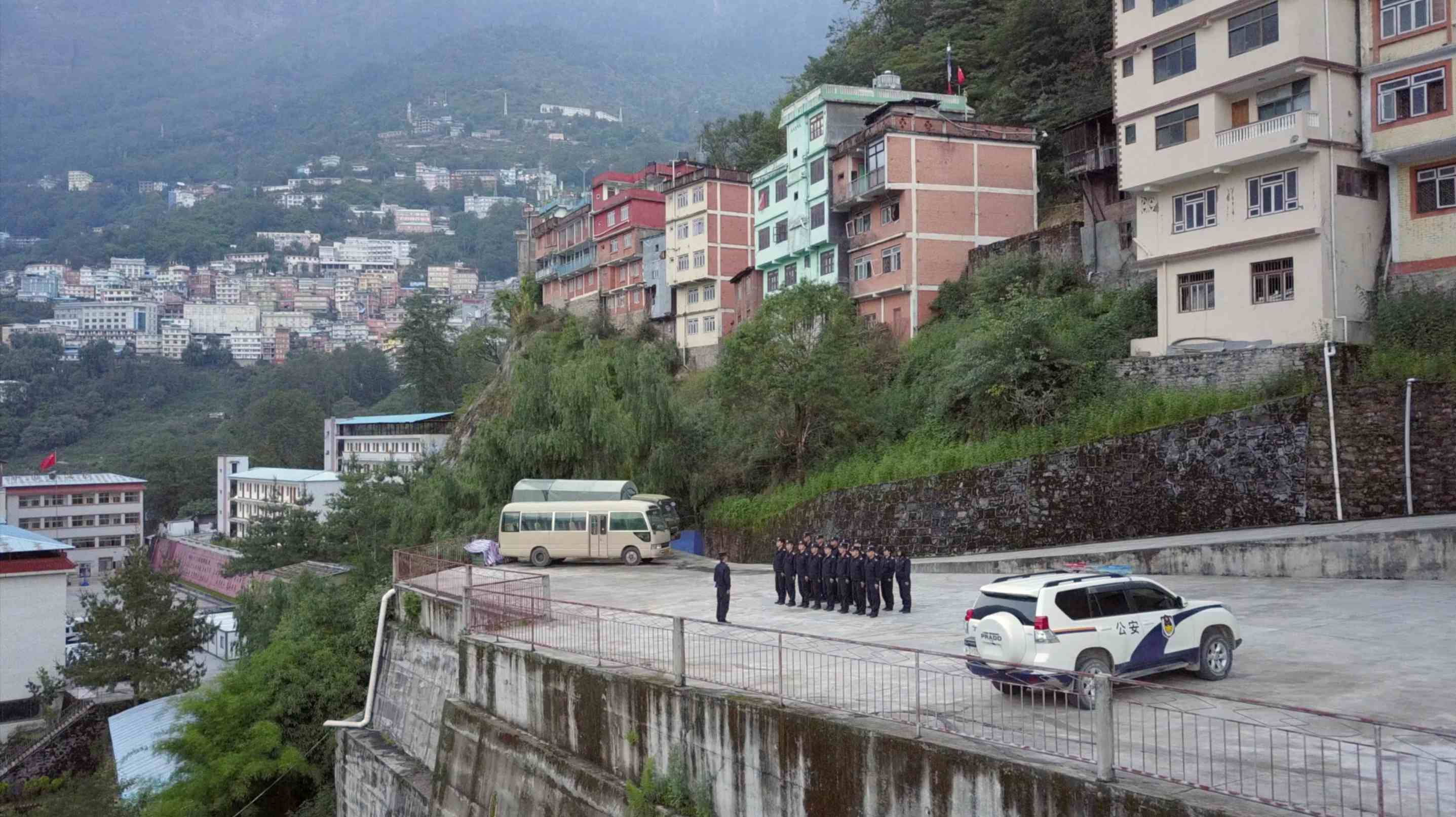
Culture
18:57, 28-May-2019
Largest China-Nepal port set to reopen
Updated
22:24, 28-May-2019
By Xu Xinchen, Luo Caiwen and Wu Siyi
02:23

The Zhangmu (Khasa) Port along the China-Nepal border is scheduled to reopen on Wednesday. It closed in 2015 following a deadly 8.1-magnitude-earthquake in Nepal. Before the earthquake, the Zhangmu Port was the largest trade hub for the two countries, accounting for 90 percent of the total bilateral trade. The reopening is spreading cheerful notes.
Elected two years ago, Dibendra Shrestha, now chairs a village just five kilometers from the China-Nepal border. 80 percent of the village economy relied on the trade with China.
The 2015 earthquake caused massive destruction and forced the port to shut down, people fled. Shrestha told CGTN that after the earthquake most of the people from his village fled to Kathmandu, Sindhupalchok and other places where they had extended families.
The village is the Ward No.2 of Nepalese Tatopani Rural Municipality. Once home to over 5,000 people, the number of residents reduced over 50 percent after the earthquake. The local economy was the biggest causality. For those who were left behind, everything had to be built again from scratch.

Few shops have reopened in Nepalese Tatopani's Ward No.2. /CGTN Photo
Few shops have reopened in Nepalese Tatopani's Ward No.2. /CGTN Photo
Destroyed roads and closed port took villagers hours to reach the Nepalese capital of Kathmandu, which is just 100 kilometers away. The Zhangmu Port linking China and Nepal had always been a better route for supplies and business opportunities.
But the good news came six months back when people started to move back to the village after hearing that the port was going to reopen soon.
According to the village head, the number of residents in his village climbed back to some 4,000.
"They are sure they can live here after the border reopens. They can make their businesses here, they can study here. They can do everything here," said Shrestha.
Across the border, the 2015 earthquake also shattered lives in the Chinese town of Zhangmu. Residents were evacuated, but China's immigration police stayed behind providing aid to Nepalese neighbors and safeguarding peace around the border.
But the task was easier said than done. The area, from the quake's epicenter, spans over 300 kilometers, and the officers had to face life-threatening landslides in the aftermath of the strong quake. Frequent rains made the situation even worse. A flood in 2016 further damaged the region, crippling the sole pass-way in front of the Zhangmu Port, the Friendship Bridge.

Immigration police officers attend morning training at their station in Zhangmu, China-Nepal border. /CGTN Photo
Immigration police officers attend morning training at their station in Zhangmu, China-Nepal border. /CGTN Photo
Desperately-needed supplies simply could not reach the remaining Chinese immigration police. For over four years, they stayed at the port in isolation preparing for the reopening. But at last they succeeded.
Now, without worrying about broken roads and collapsed bridges, those immigration police officers can hope for a better sleep once the port reopens.
"The port is a bond of friendship between the two countries and an economic bridge. The port re-opening can boost cultural exchanges as well as trade," said Shen Chengqiang, who has worked as an immigration police officer for over a decade at the China-Nepal border.

SITEMAP
Copyright © 2018 CGTN. Beijing ICP prepared NO.16065310-3
Copyright © 2018 CGTN. Beijing ICP prepared NO.16065310-3